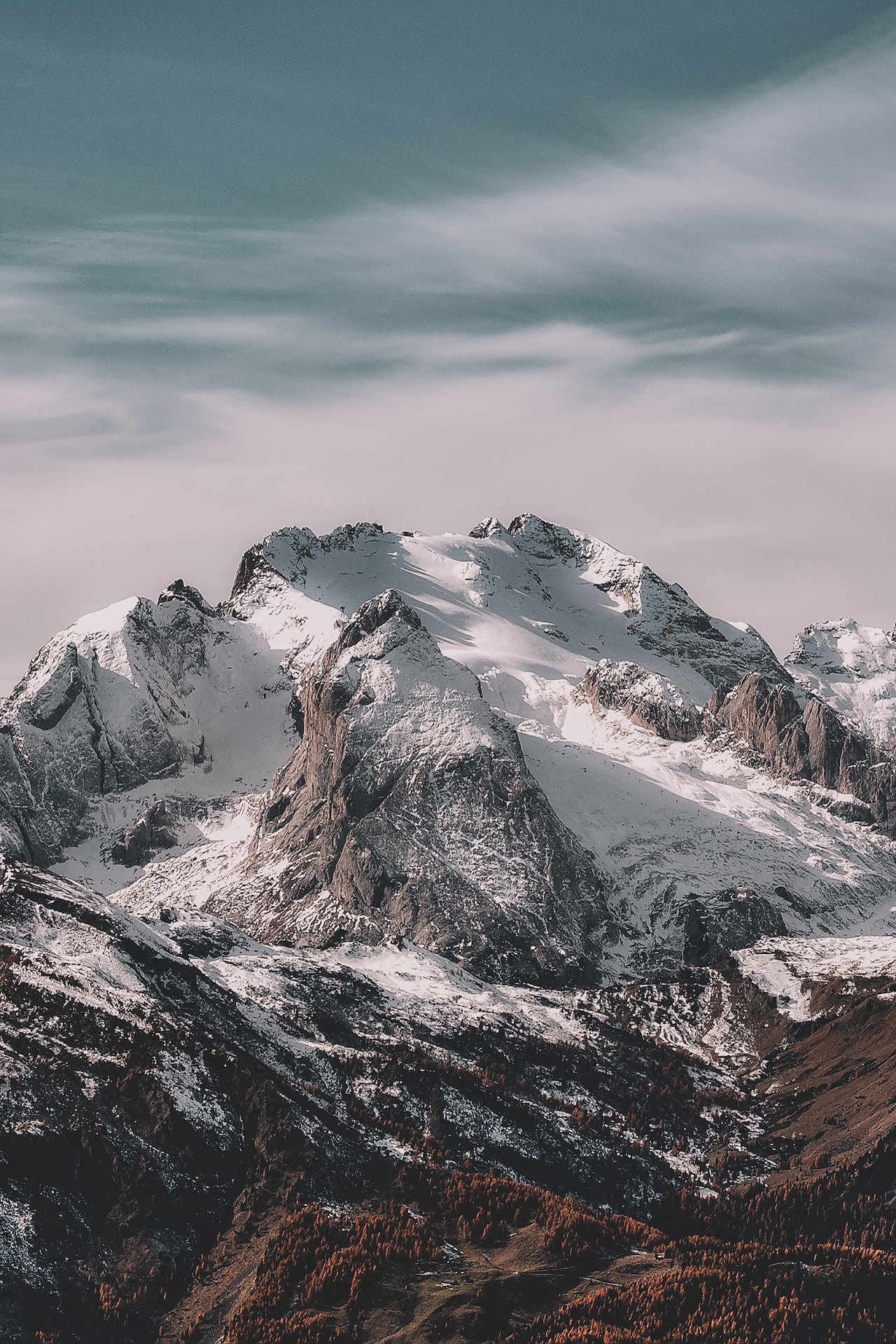‘Wild frontier’
Antarctica’s rugged and witching terrain draws numerous experimenters, but its closeness poses plant challenges. People frequently forget that insulated exploration stations and field spots are subject to the same laws as any other work setting in the country that runs them, says Meredith Nash, a sociologist at the Australian National University in Canberra, who has been helping the Australian Antarctic Program to make its own culture safer. “These extreme surroundings are frequently treated with this ‘ wild frontier ’ intelligence where no rules apply” she adds.
The USAP community is dominated by white men, which can also contribute to creating a hostile terrain for women and people from other groups under- represented in exploration. Women regard for about 33 of people involved in the USAP, according to the 2022 – 24 USAP party companion, and people from ethnical groups that are in the nonage in the United States make up only about 10 of the community. Hierarchical structures present problems, too beforehand- career scientists frequently calculate on elderly experimenters for backing, and both experimenters and contractors sweat retribution if they report incidents.
LDSS transferred the assessment to the NSF in June. After reviewing the report, the agency banded on an action plan with its oversight body, the National Science Board( NSB), and with other government leaders and LDSS, says NSF principal operating officer Karen Marrongelle. The two- runner plan, issued on 20 September, lays out eight way the agency will take, including establishing an office to address all matters of sexual assault and planting an on-point advocate to support labor force at stations and in the field. The NSF also says it'll enhance physical security measures, for illustration by adding peepholes to let people see who's outside their door and furnishing further satellite phones to those at remote field spots.
Culture shift
Experimenters whom Nature spoke to were dissatisfied that the action plan wasn’t more publicized. It was originally posted online; two weeks latterly, the NSB appertained to it in ane-mailed statement condemning sexual importunity in the USAP.
Some experimenters say the plan contains only the bare minimum demanded to address a poisonous culture. “The NSF conduct are fine” Nash says. “They’re a response to an immediate problem — literally adding physical safety on the station.” But, she adds“ it does n’t do anything to produce a visionary, precautionary response”.
.jpg)













